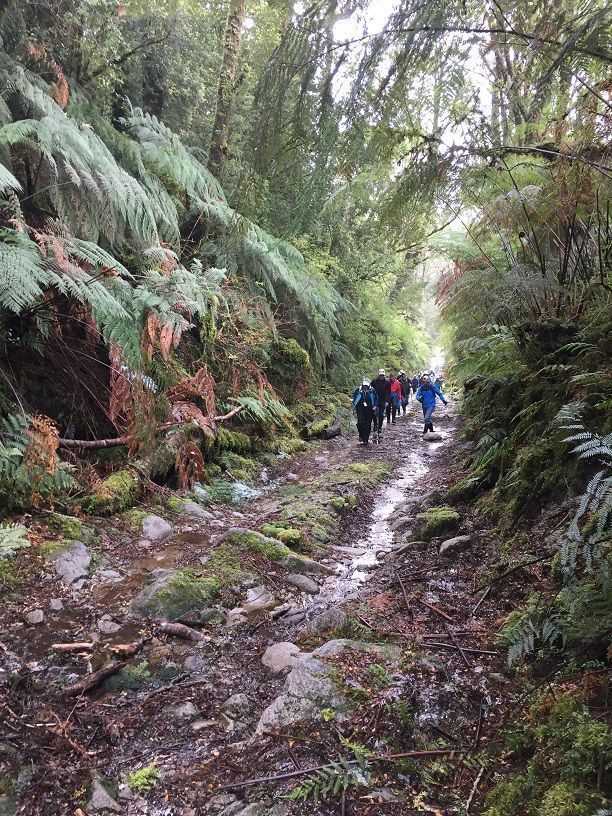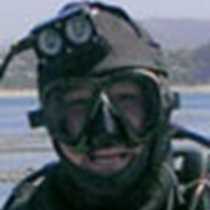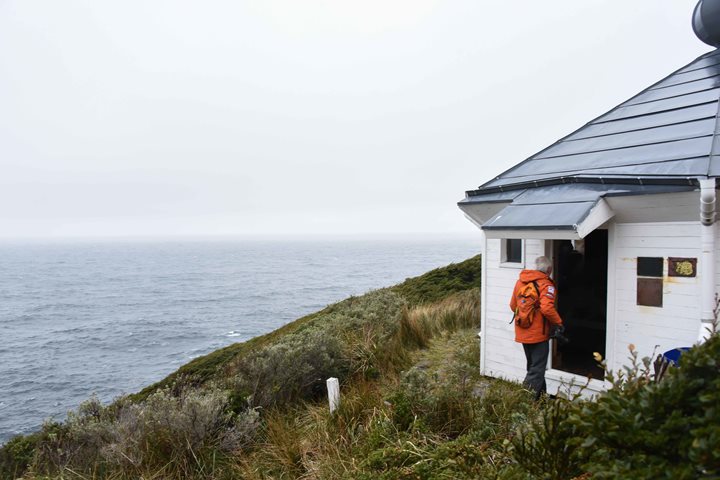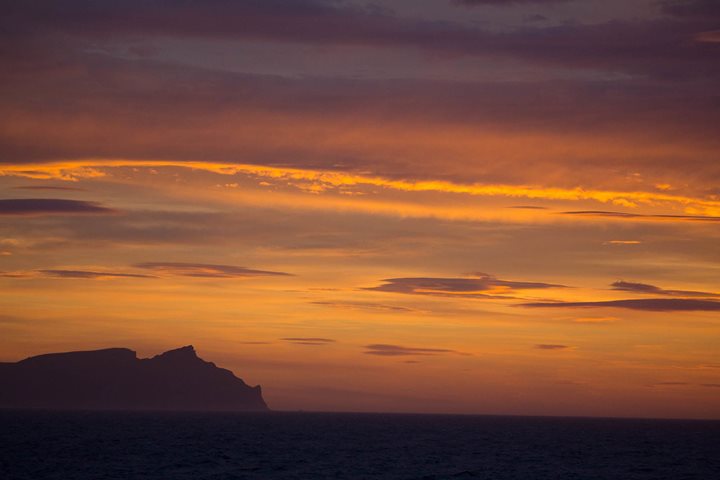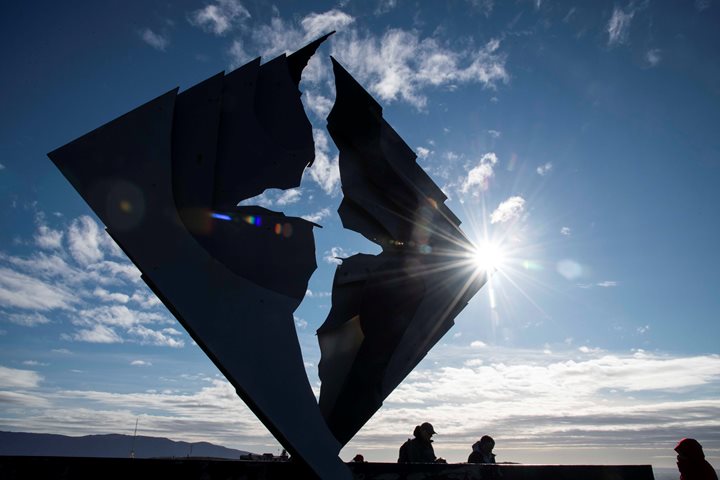Traversing 250 miles south-west allotted some time on the ship for briefings and presentations this morning. Naturalist and ornithology expert, Doug Gualteri gave an in depth presentation on not only the local avian species seen on the trip, but demonstrated some key insights of how to bird watch properly. Binoculars at the ready, our ship glided into the foggy fjord of Estero Slight by the afternoon. From the ship we could see some of the endangered marine otters splashing in the water. Majestic waterfalls and lush greenery covered the steep, surrounding walls of mountains. Once we reached our landing, deep within the fjord, our hikers set out to tackle the muddy path towards Cabo Raper’s historic lighthouse. A few avid hikers even made it all the way to the lighthouse, seven miles roundtrip, and were able to meet Sergeant Carrillo and his nephew. Sergeant Carrillo has manned the naval station of the lighthouse for the past five months, and said that it had been the hardest winter he can remember- the roof of the building blew off in July. He noted that sometimes the wind was so bad while trying to repair the roof that he could only put in one nail before having to retreat back into shelter.
Others opted to explore the lively bay surrounding the ship via Zodiac. The weather was temperamental with strong gusts of wind swept away by bursts of sunlight, only to be hidden by rolling clouds moments later. Yet the powerful gales lifted large flocks of seabirds into the sky, manipulating their unfurled wings to soar without a flap. Species included black browed albatross, sooty shearwaters, and even immature giant petrels. As the fog set in, the tannin-rich, blackened waters seemed to set the stage for a scene from the Creature from the Black Lagoon, and indeed we found just that! Of all the creatures to find in the coastal inlets of northern Patagonia, what should appear gnashing its massive, recurved canines but none other than a feeding leopard seal! At first, my fellow naturalists were in disbelief, the elusive predator disappearing immediately as other curious Zodiacs approached. Yet after the guests were loaded into our crafts, we not only beheld two bottlenose dolphins arching their falcate fins above the water, but I managed to find the leopard seal again. All were in awe of the entertaining show that the leopard seal displayed, thrashing about in the water, tearing white and pink chunks of flesh from remnants of its unidentifiable prey. While central Chile is certainly outside of their expected home range (typically within Antarctica and the sub-Antarctic islands), there have been reported sightings of vagrant seals as far north as Pictarin Island and even the Cook Islands. Can you imagine a leopard seal in the tropics?
Remnants of another peculiar event from years past were strewn onshore as we continued exploring the bay. A few years ago, 29 sei whales beached themselves along the coast line in this area, hypothesized to be a consequence from a red tide event. Partial bits of vertebrae, jaw bones, and ribs could be easily identified amidst the rocky shore line.
Strong rains managed to hold off just until the hikers made their way back to the landing and into the dry, warm hearth of the ship. We celebrated an adventurous day with recap, per tradition, and prepared to continue further south.

